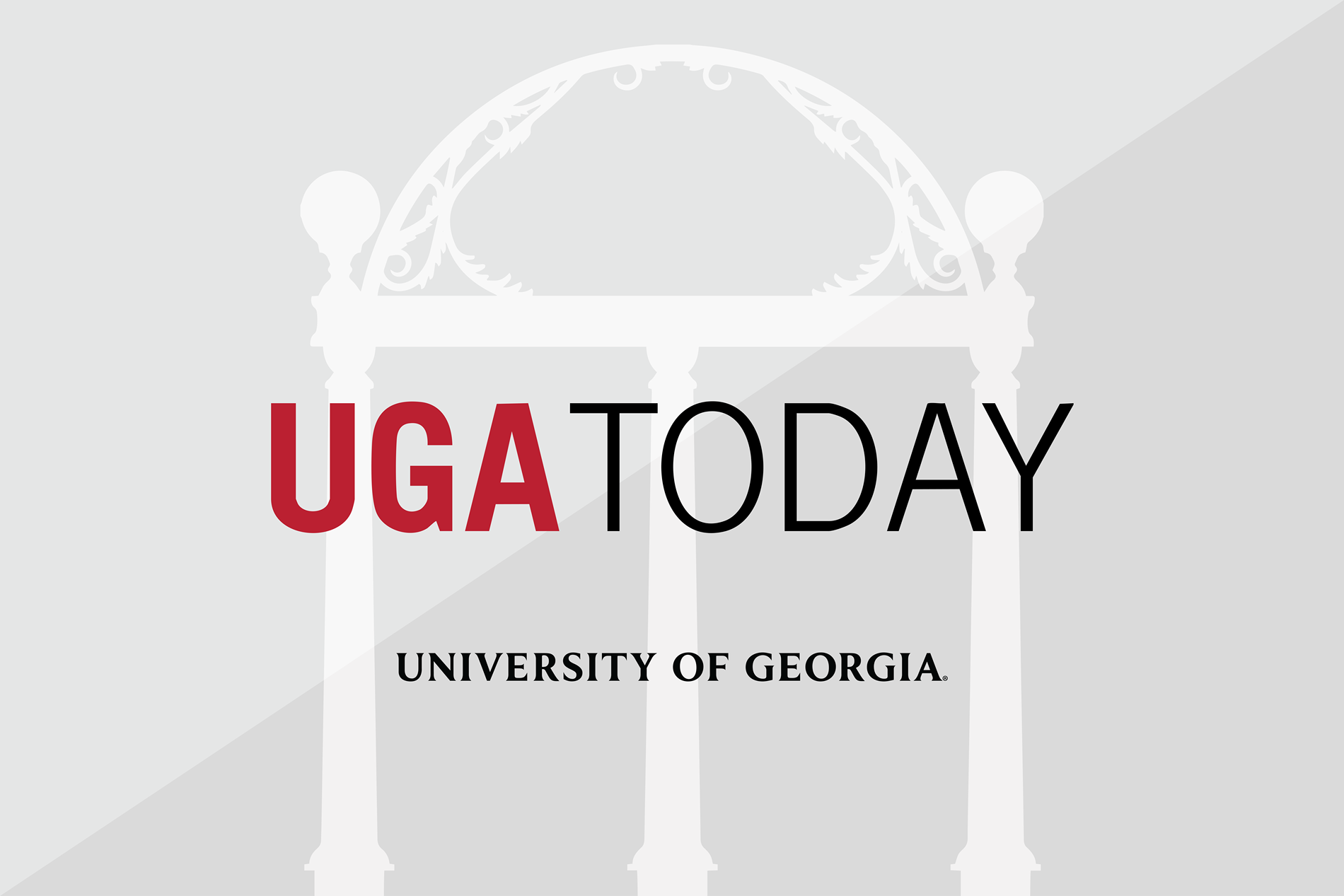Francisco Diez-Gonzalez, director of the Center for Food Safety in the College of Agricultural and Environmental Sciences, spoke with Food & Wine about the salvageability of different types of cheese.
There is no straightforward answer to whether or not cheese with mold on it is safe to eat. It’s important to know when and how it’s safe to cut off mold because some molds can cause allergic reactions, respiratory problems or in rare cases, produce toxins that make people sick, according to the United States Department of Agriculture.
However, experts note that mold is sometimes good for cheeses like blue cheese, Brie or Camembert as fungi are involved in the making of many different cheeses.
If you see mold growing on a cheese that you know is not supposed to have mold, you at least shouldn’t eat that area. Molds that don’t belong will be immediately apparent on most items. It may show up as blue spots, discoloration that appears on uniformly colored cheeses like Swiss or mozzarella, or any growth that wasn’t there when you purchased it.
The good news is that you don’t always have to throw away the entire cheese if you spot unwelcome mold. Depending on the cheese and the amount of mold, you can cut off the moldy spots and eat the rest of the product.
Only hard cheeses like cheddar, Manchego, Swiss or Parmigiano Reggiano can be salvaged if they have mold growth.
“The reason why only hard cheeses can be salvaged after mold growth is because the mold’s mycelium cannot penetrate very deep and toxins produced by the mold do not diffuse beyond because of the lack of moisture,” Diez-Gonzalez said.
The moisture in soft cheeses, he continued, allows the mycelium to grow deeper and toxins are dispersed more broadly to the ingredient.
According to Diez-Gonzalez, “if the surface is entirely covered by mold or if the piece of cheese is too small to be able to cut one inch below the surface with mold growth,” then you can’t confidently remove all of the mold, and it’s time to throw the cheese in the trash.


